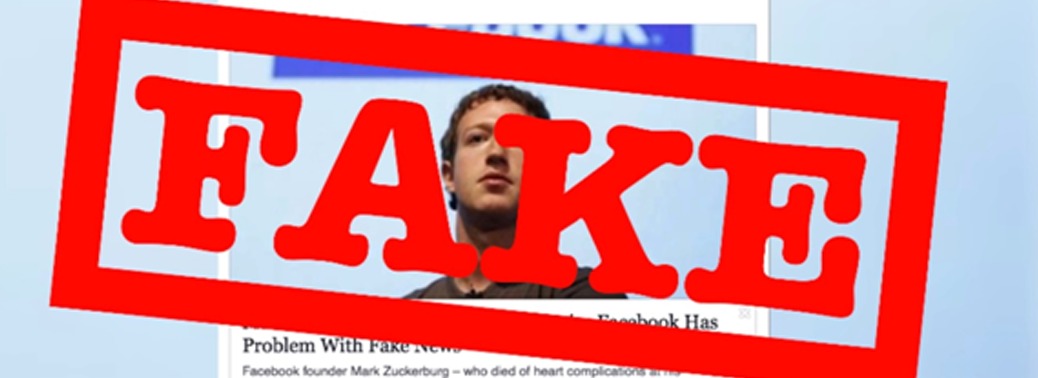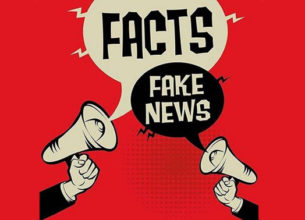GUIDE TO DETECT FAKE NEWS
13, May 2020

Prelims level : E-governance
Mains level : GS-II Important Aspects of Governance, Transparency and Accountability, e-Governance- Applications, Models, Successes, limitations, and Potential; Citizens Charters, Transparency & Accountability and Institutional and Other Measures.
Why in News?
- The Bureau of Police Research and Development (BPRD), a think-tank under the Union Home Ministry has published guidelines to aid law enforcement agencies to identify fake News and Videos.
About BPRD:
- The Government of India established the Bureau of Police Research and Development (BPR&D), under the Ministry of Home Affairs in 1970s.
- It replaced Police Research and Advisory Council (1966), with the primary objective of modernization of police force.
- In 1995 Government of India decided to entrust issues relating to Correctional Administration Work to the BPR&D.
- Thereby BPR&D has to ensure the implementation of prison reforms as well.
- The Government of India further decided to create National Police Mission under the administrative control of BPR&D to transform the police forces in the country.
- The primary objective of modernization of police force are:
- To take direct and active interest in the issues
- To promote a speedy and systematic study of the police problems,
- To apply science and technology in the methods and techniques used by police.
Why these Guidelines were Necessary?
- Digital news has led to Increased incidence of Fake News or Yellow Journalism.
- Fake news is published with the intent to damage an agency, entity or a Person and gain financially or politically and it often uses Sensationalist, Dishonest or Outright Fabricated headlines to increase readership.
- In the wake of the pandemic, fake news and videos have spread panic, increased hatred and communal violence. Miscreants have used fake URLs to mislead people who wanted to donate to PM-CARES Fund.
What are the Guidelines Given?
Spotting Fake News:
- The guideline mentions several indicative signs that officials must look for to identify possible fake news.
- The officers should read beyond “outrageous” headlines designed to attract clicks and read the whole article.
- A possible case of fake news could be when headlines, visuals or captions do not support the content or when genuine contents or sources are impersonated with false or made-up sources.
- A search on the author of the article would also enable insights into the veracity of the news.
- The investigating officer must stay alert to clues such as language since such websites and links usually have Spelling Mistakes.
Cross-Checking:
- The officials should refer to trusted news sources to verify whether the story is being reported elsewhere.
- When a story is reported in multiple places, it is more likely to be true.
- The manual also gives an indicative list of websites that could be accessed for fact-checking.
- The guidelines ask police and other investigating agencies to use open domain tools for collecting more information on fake videos.
- BPRD has cautioned that the Investigating officer may consider the case sensitivity before resorting to these tools since there is the risk of data leakage that may influence or mislead an Investigation.












